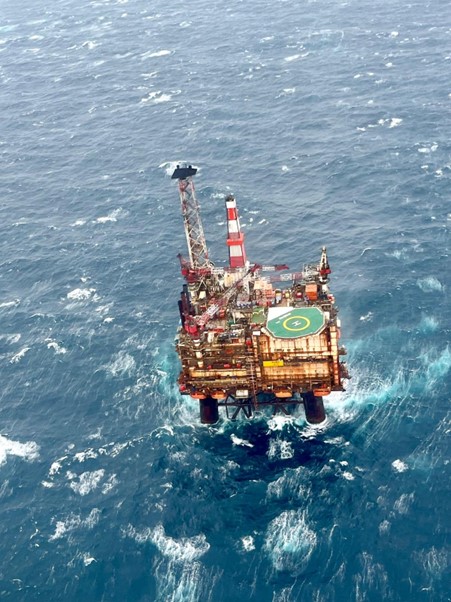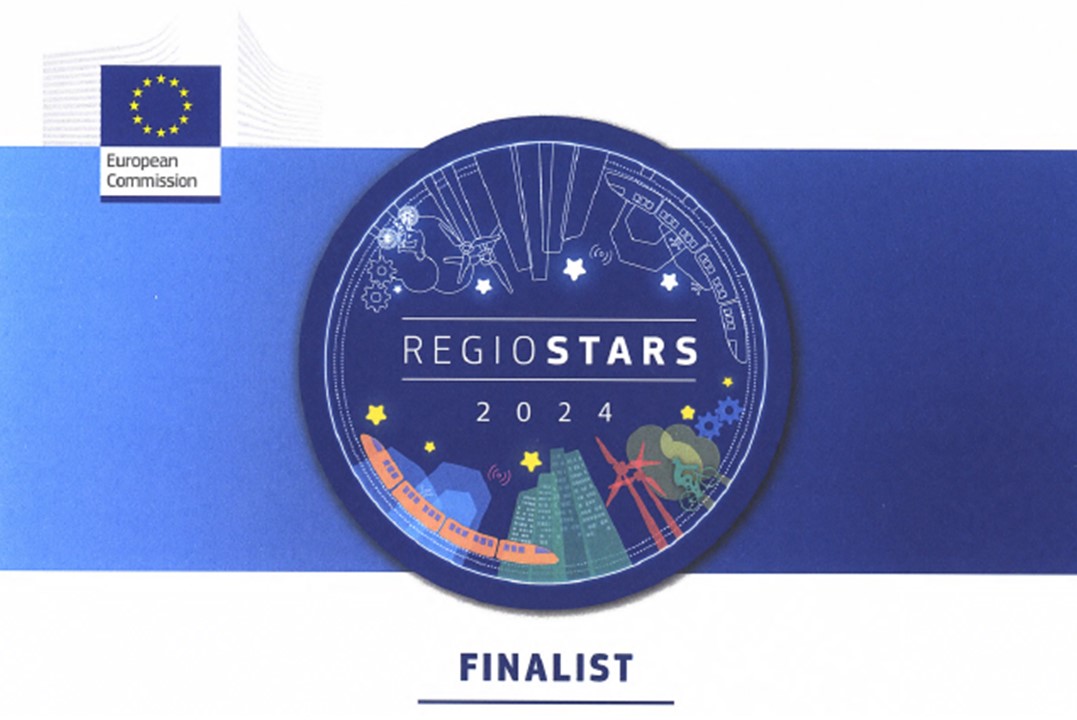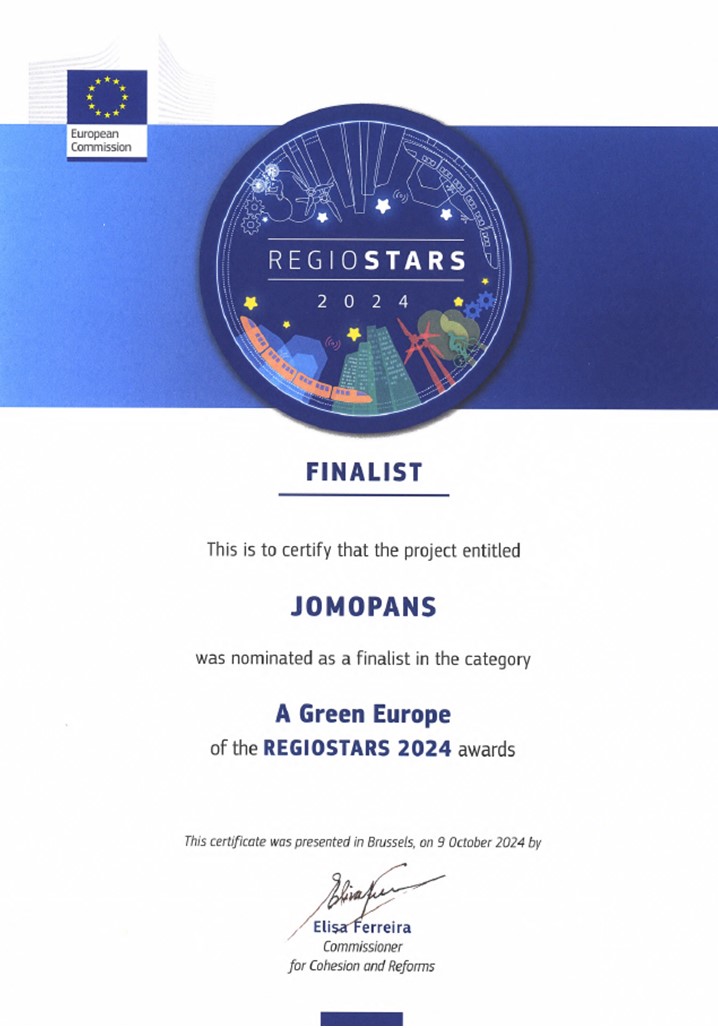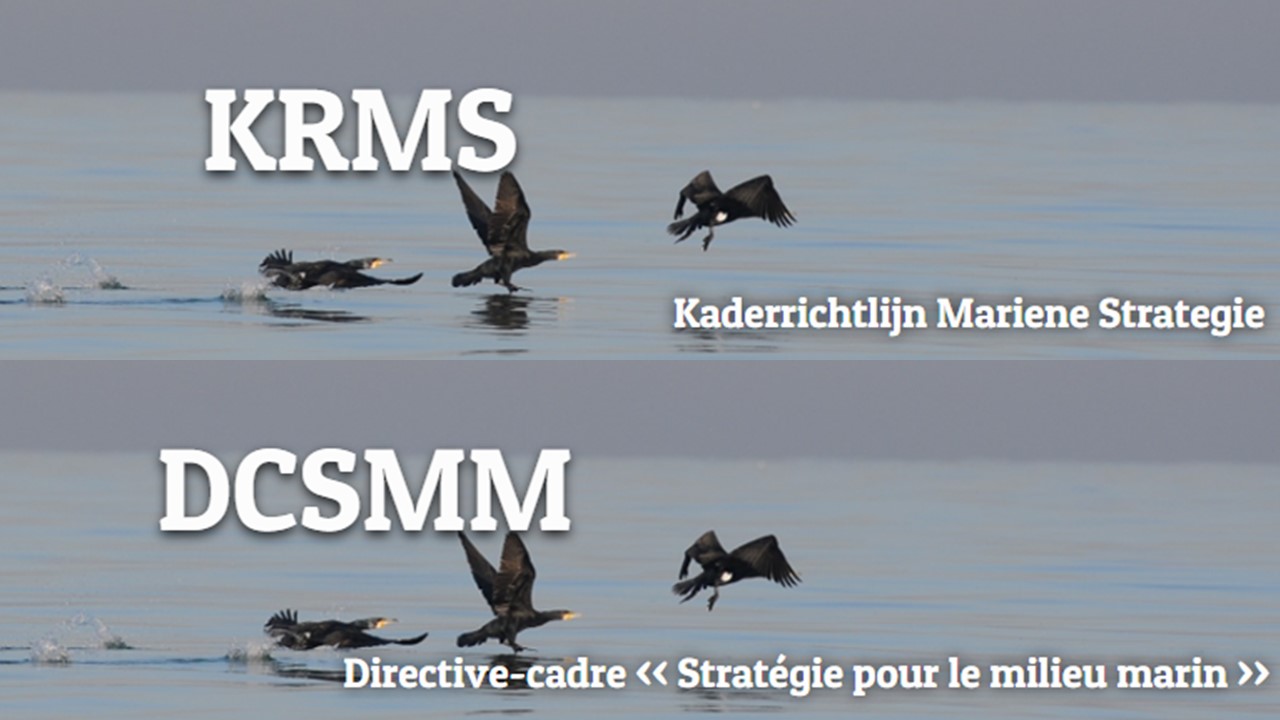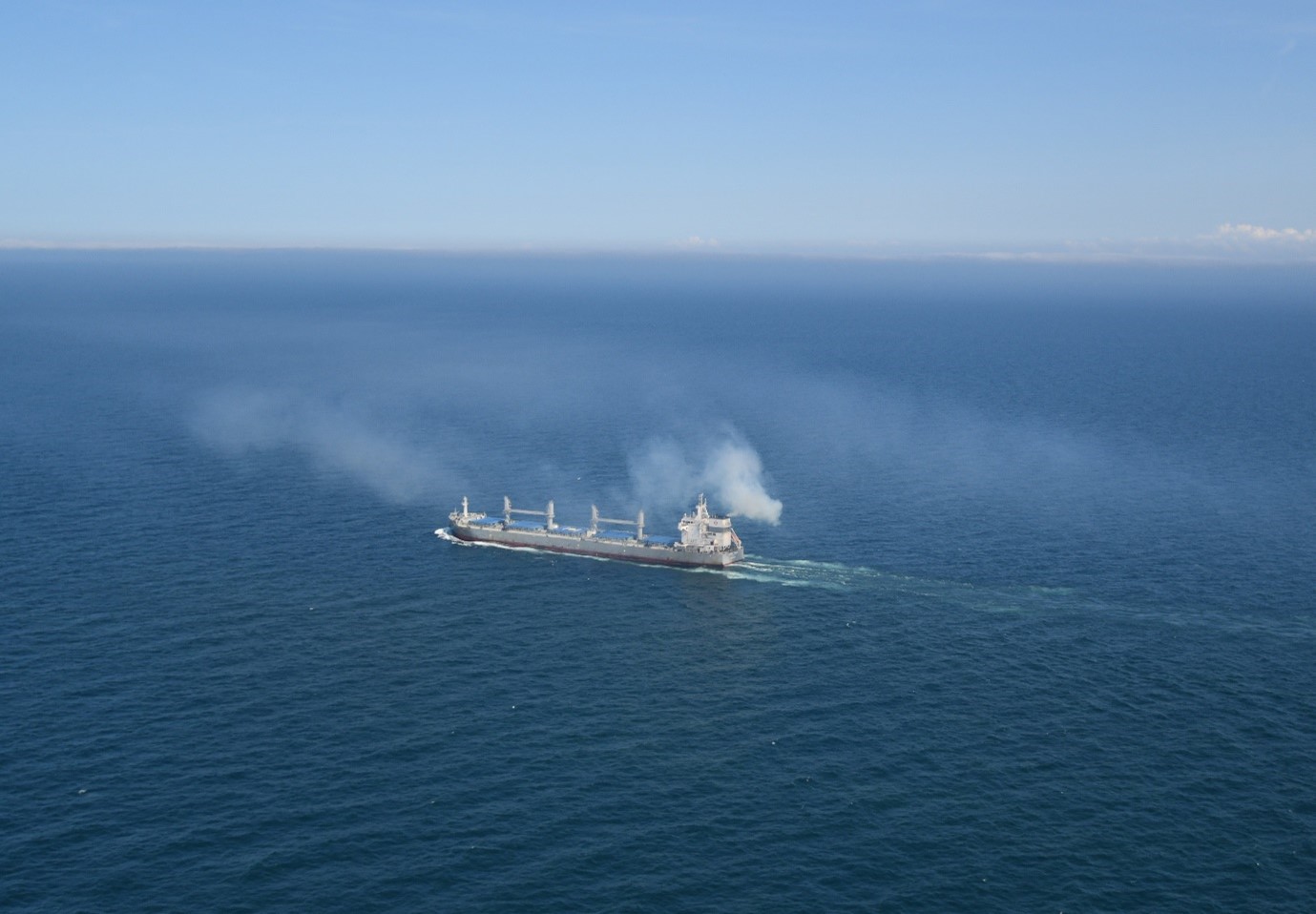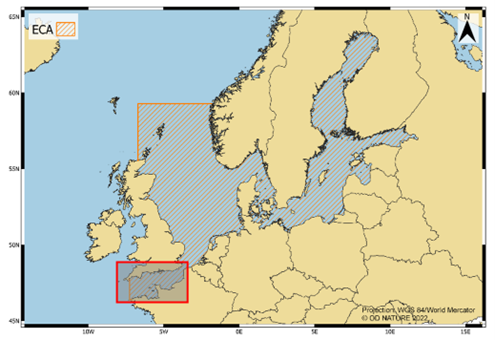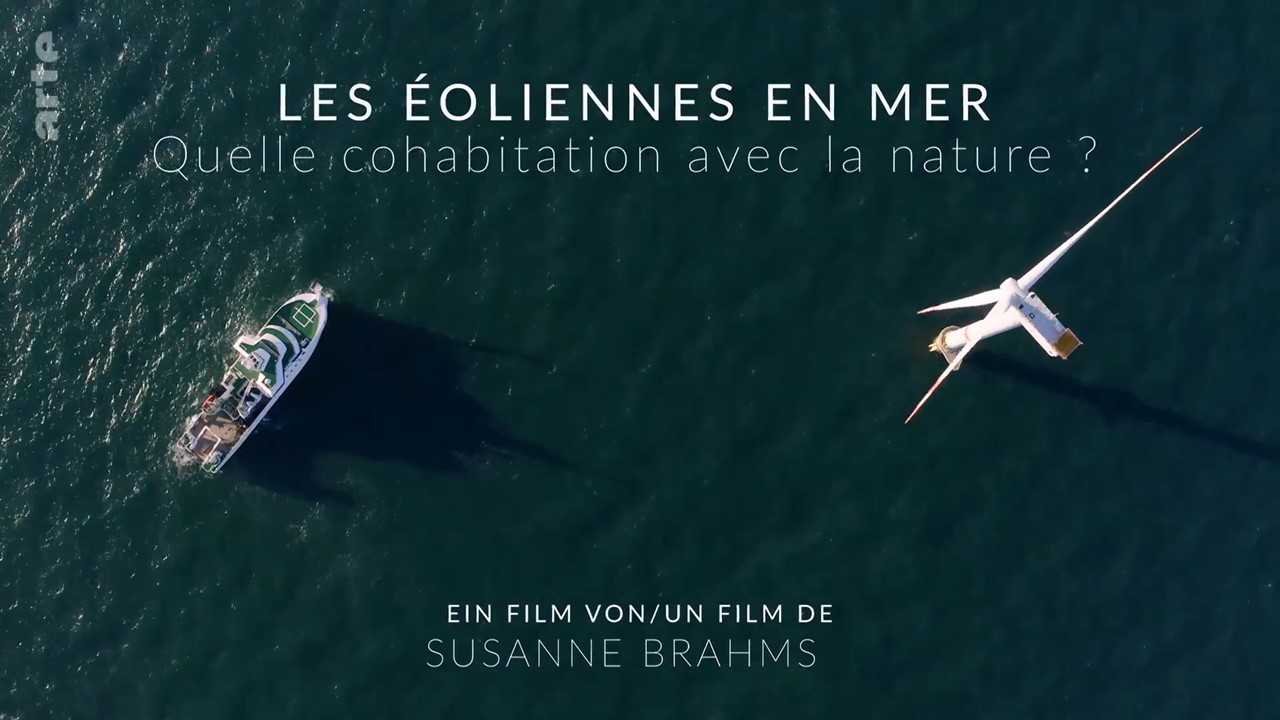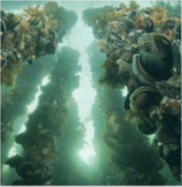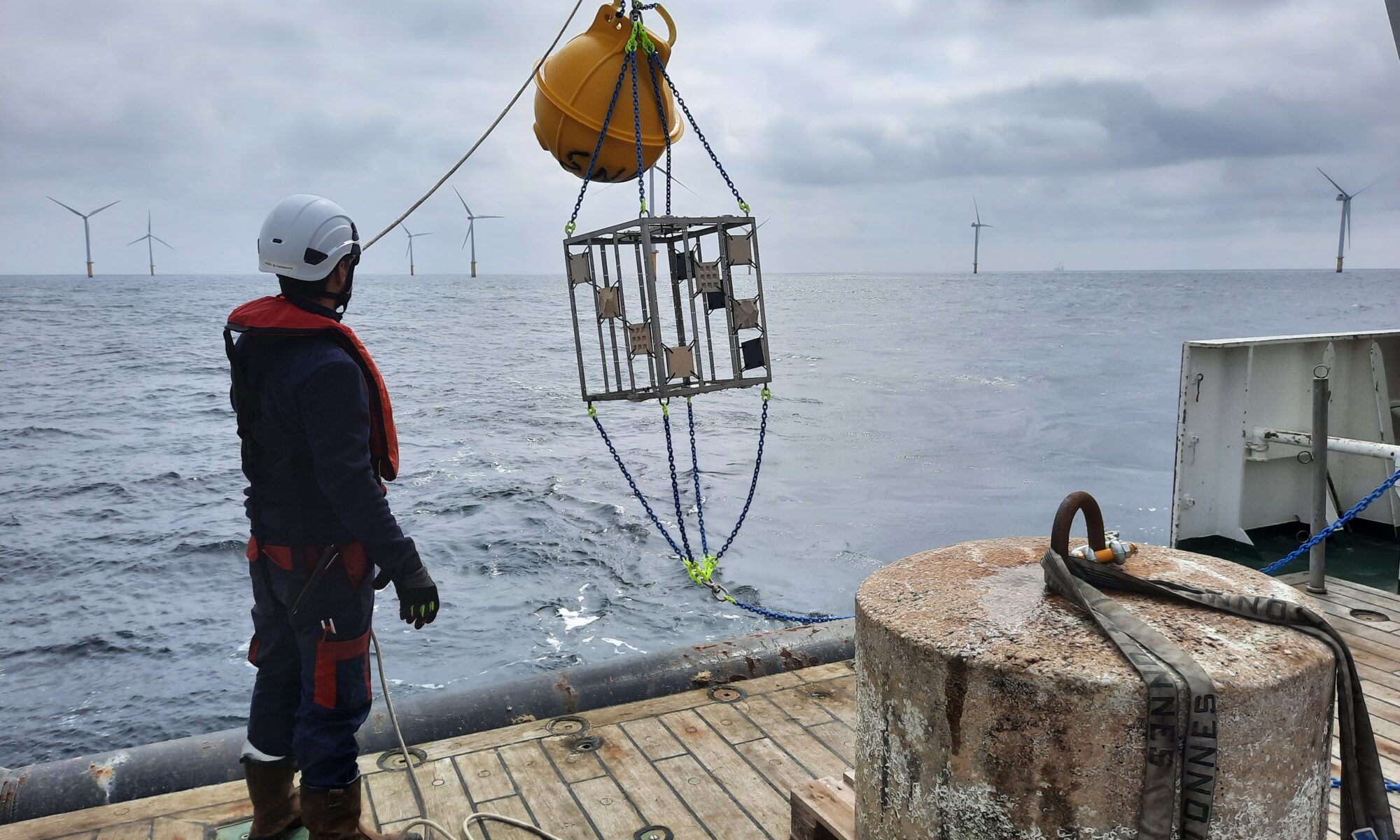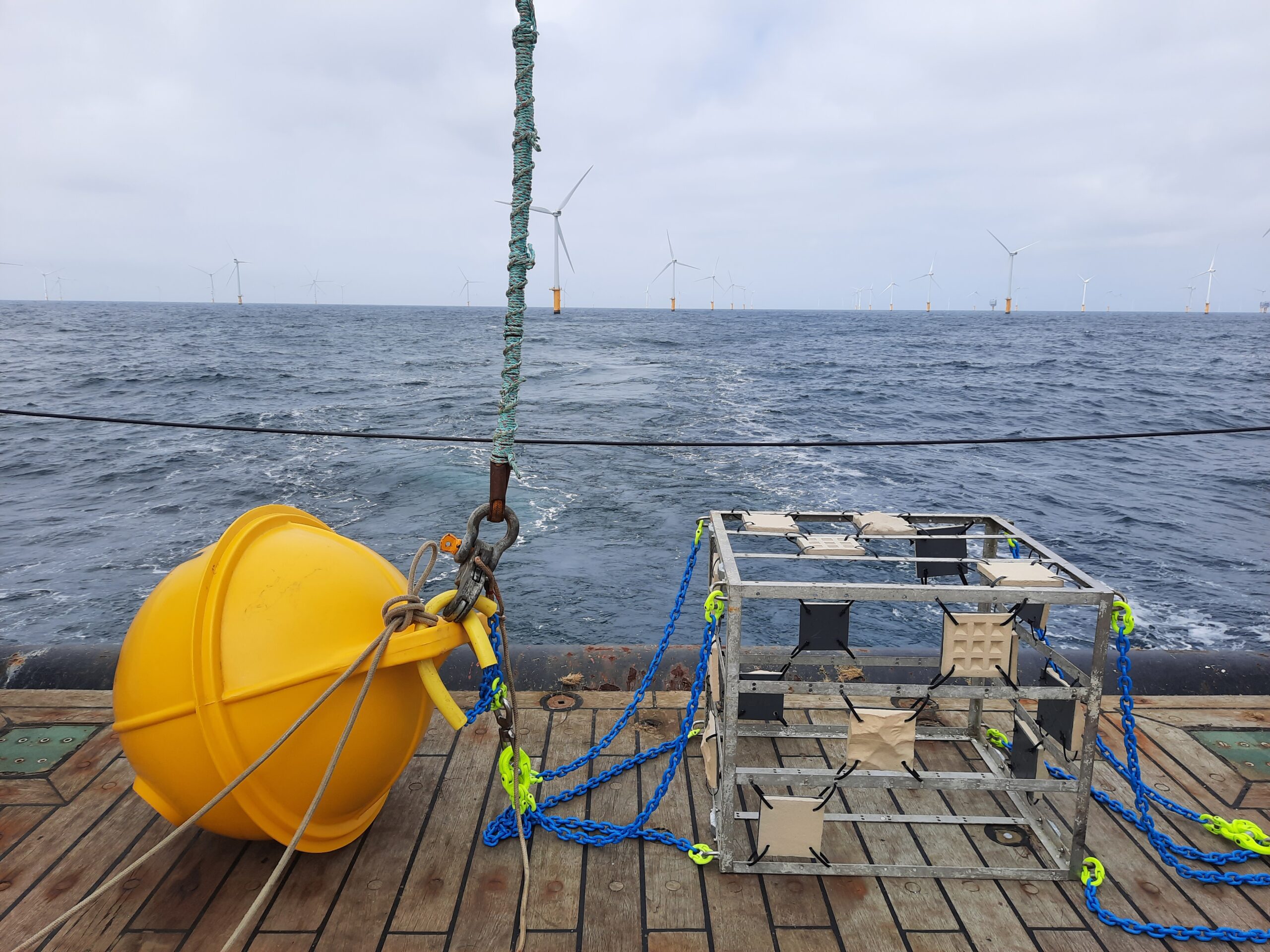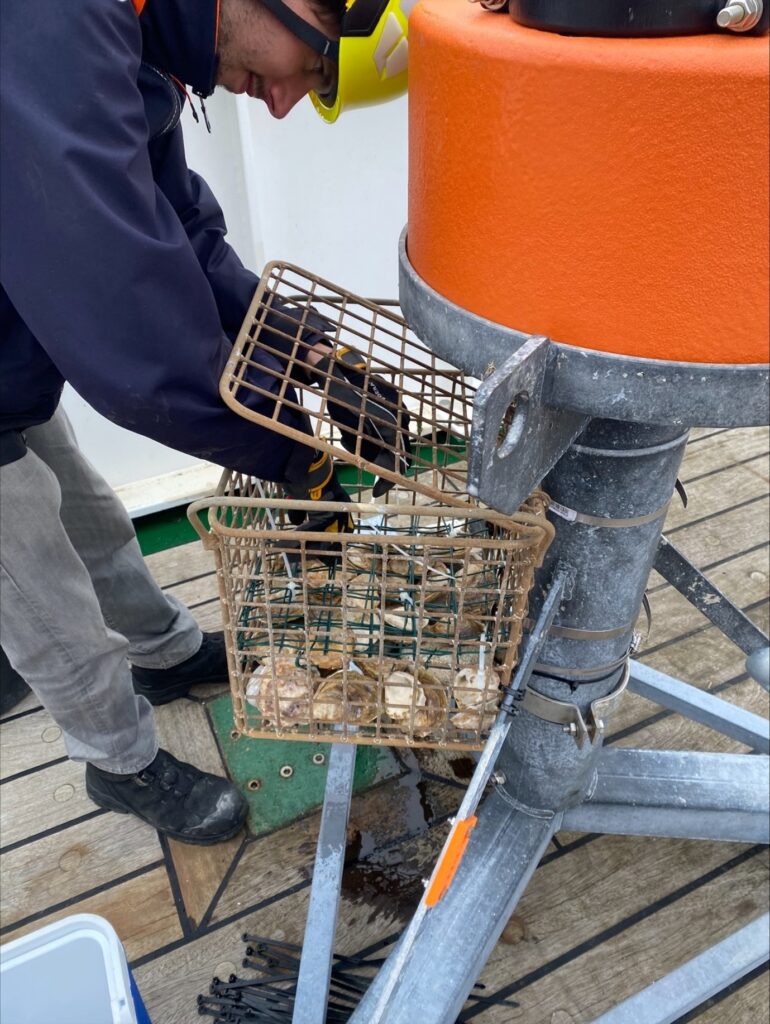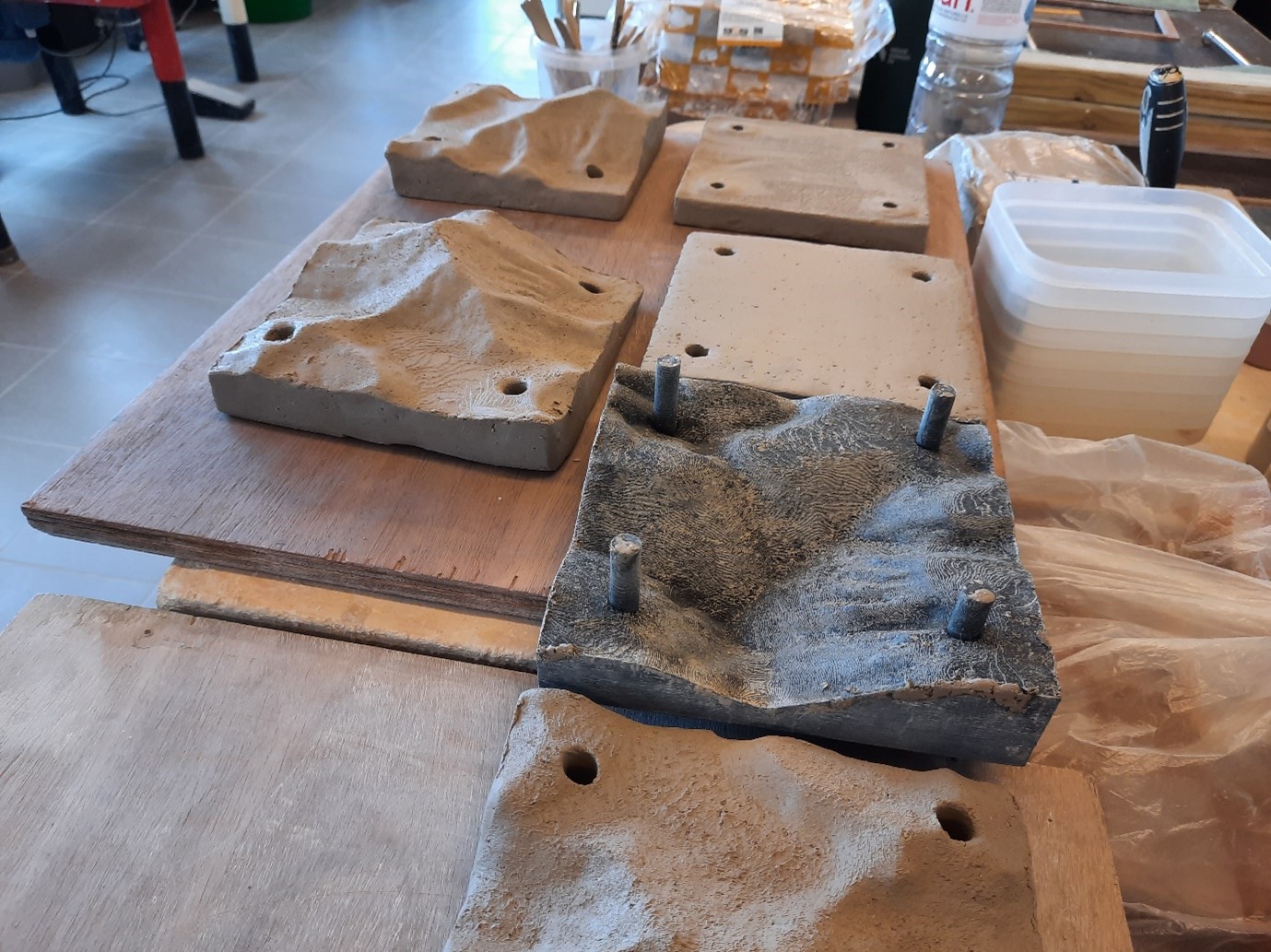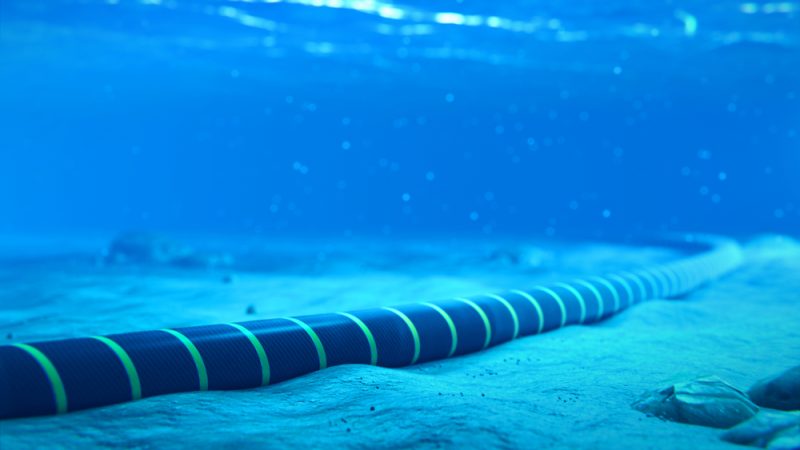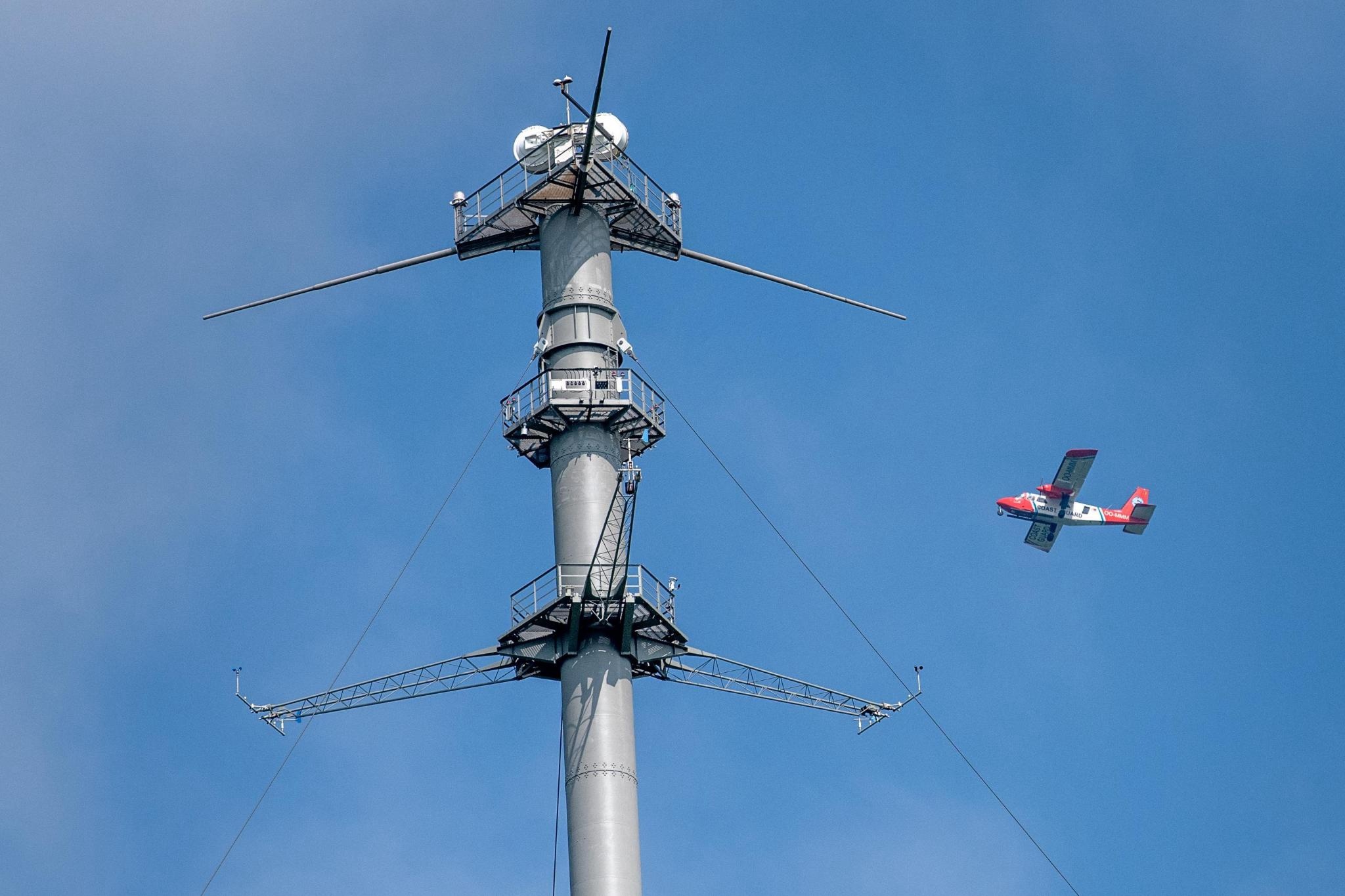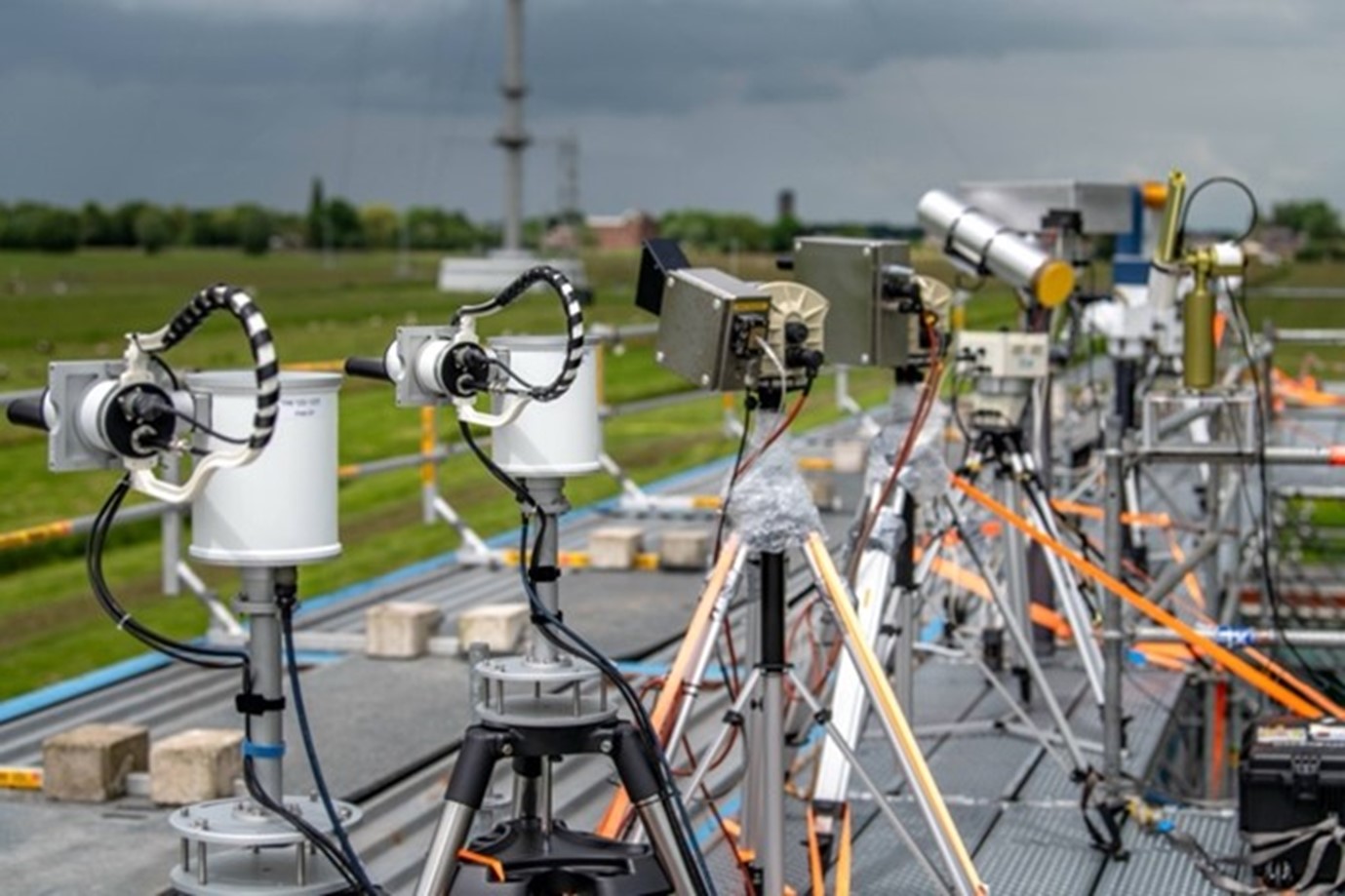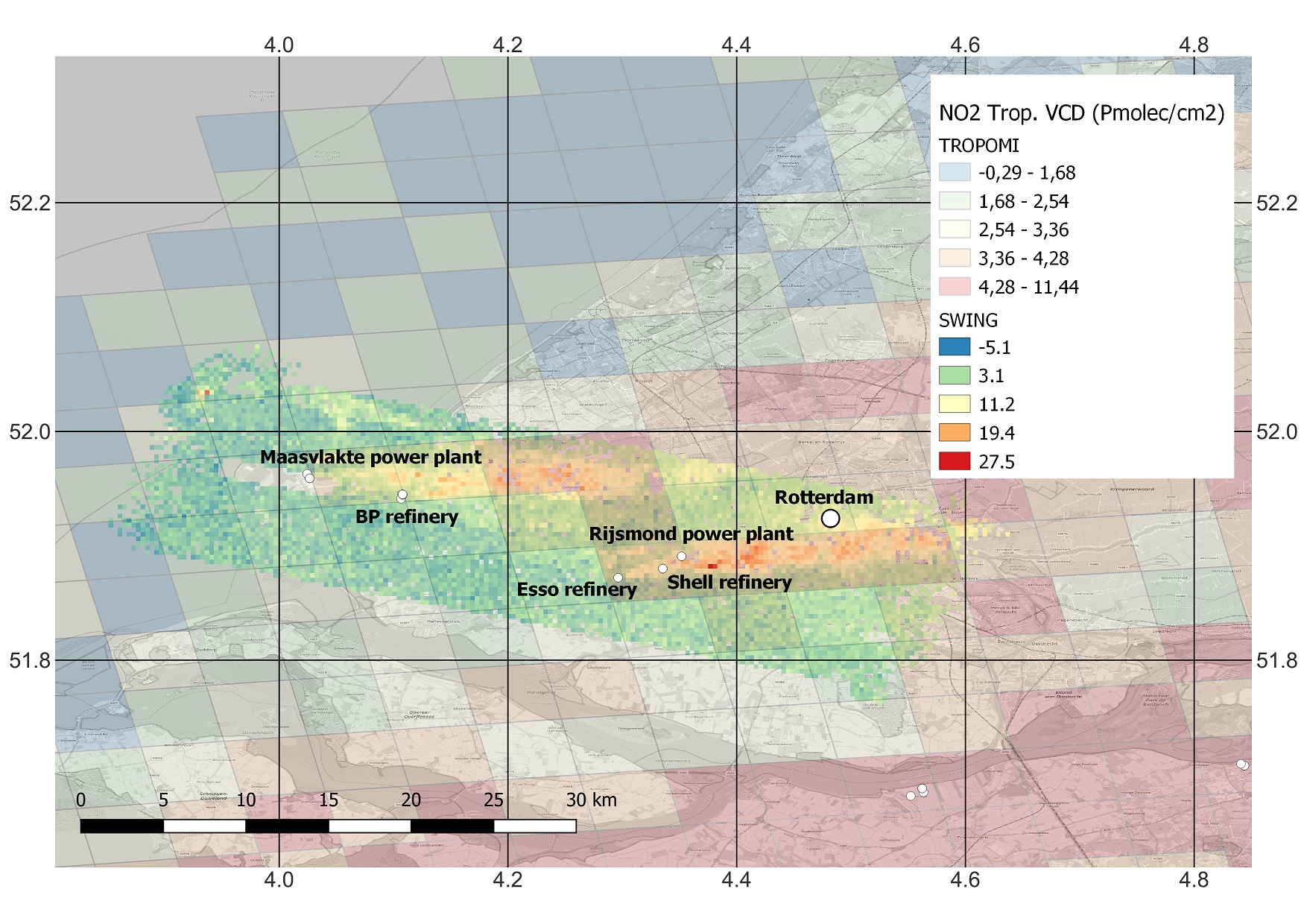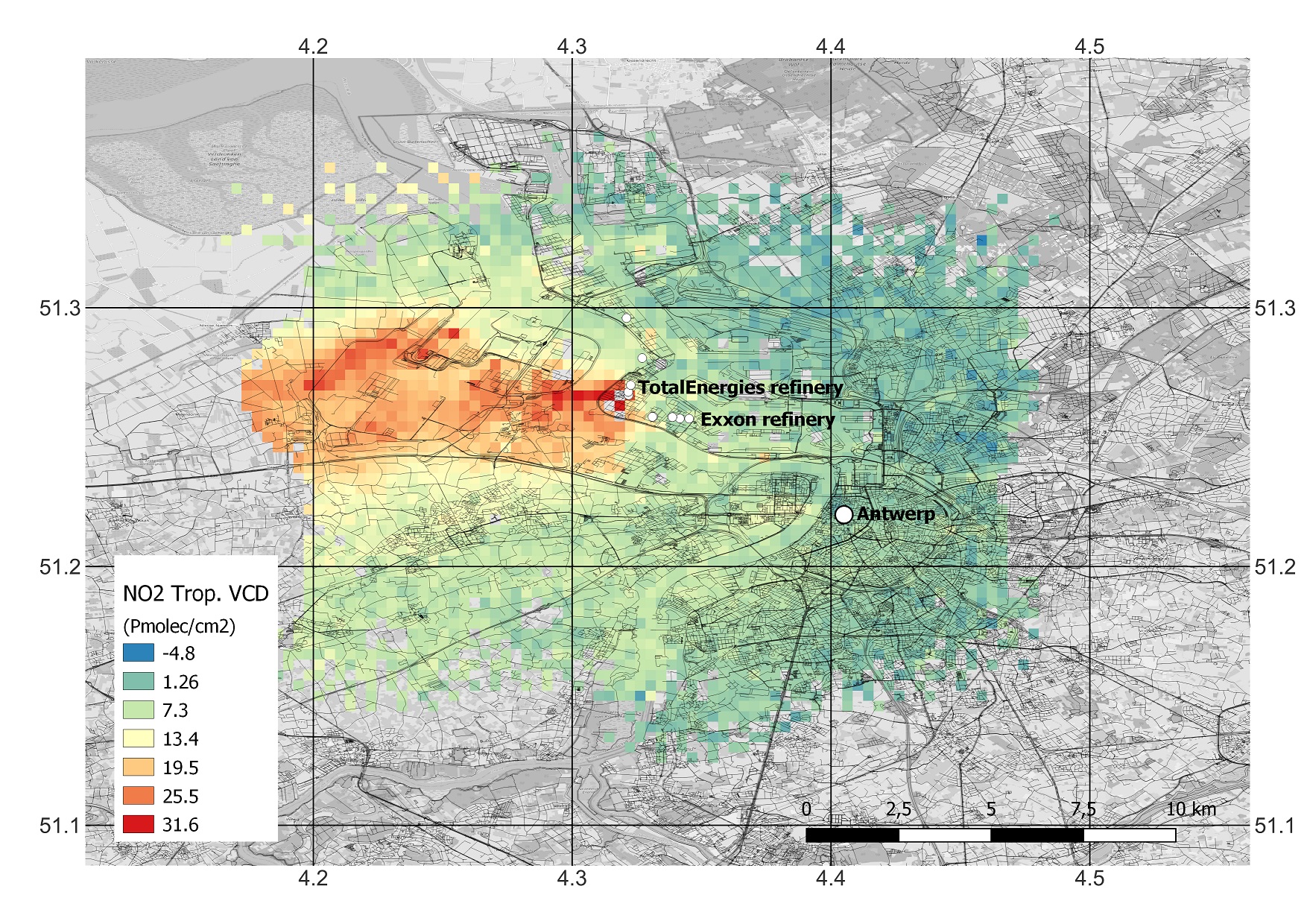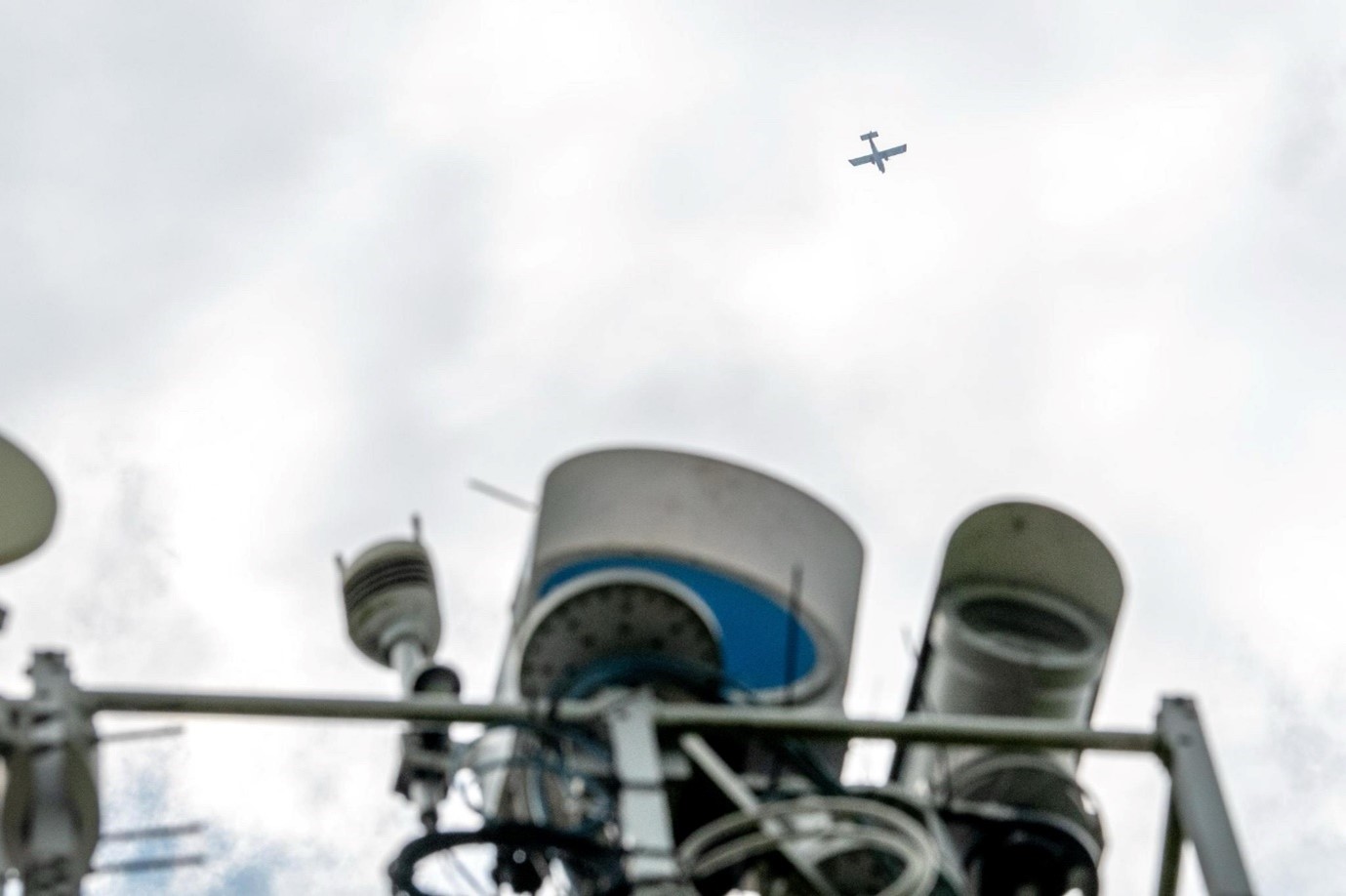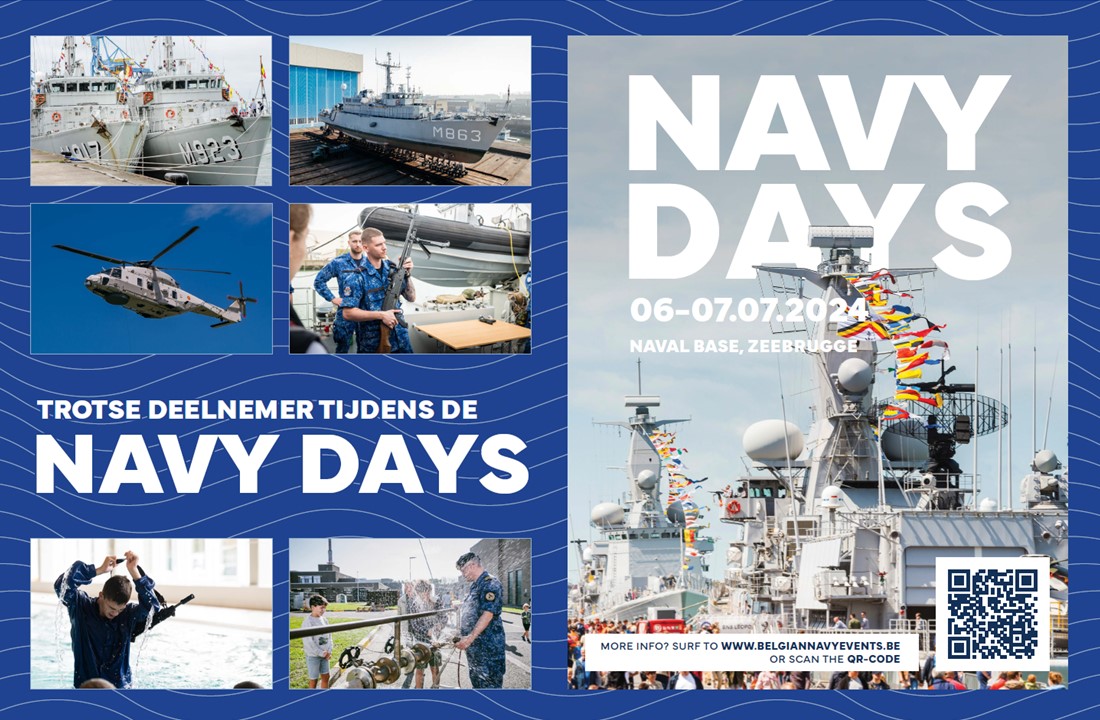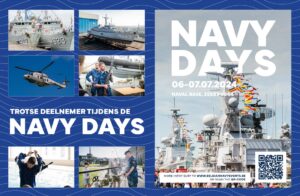From 9 to 13 September 2024, the surveillance aircraft of the Institute of Natural Sciences carried out its annual Tour d’Horizon (TdH) mission to monitor the offshore oil and gas platforms in the wider North Sea region. Despite the rough weather conditions, eight contaminations were documented.
The Tour d’Horizon is carried out annually in the context of the Bonn Agreement. For this, Belgium cooperates with other countries around the central and northern North Sea, and the Belgian aircraft also visits Dutch, German, Danish, Norwegian and British waters. The aircraft is flown by pilots from Defence and manned by aerial operators from the Institute of Natural Sciences.

The TdH contributions from the various North Sea countries are coordinated according to a predetermined schedule and fixed route points. This guarantees optimal coverage and monitoring of the offshore oil and gas infrastructure.
Eight pollutions
During the Belgian TdH ’24 mission, eight slicks were observed, which is significantly less than in recent years. This can mainly be attributed to the rough weather at sea, which causes any pollutions to break down naturally almost immediately.

The observed pollutions concerned six oil spills, five of which could be linked to oil rigs. One oil spill was observed without a polluter in the vicinity. This was also the only spill of significant size (with an estimated volume of more than 1 m3). The remaining two spills were linked to an oil rig, but due to time and fuel constraints it could not be visually verified whether or not it concerned oil. All detections were reported to the competent national authorities in accordance with the procedures laid down in the Bonn Agreement.

Taking international responsibility
Thanks to the many years of experience of the crew, the functionality and deployability of the surveillance aircraft, Belgium continues to meet its commitments under the Bonn Agreement. As such, the Institute of Natural Sciences continues to demonstrate its commitment to better protection of the North Sea.
